posted by
Samar on
April 8, 2013
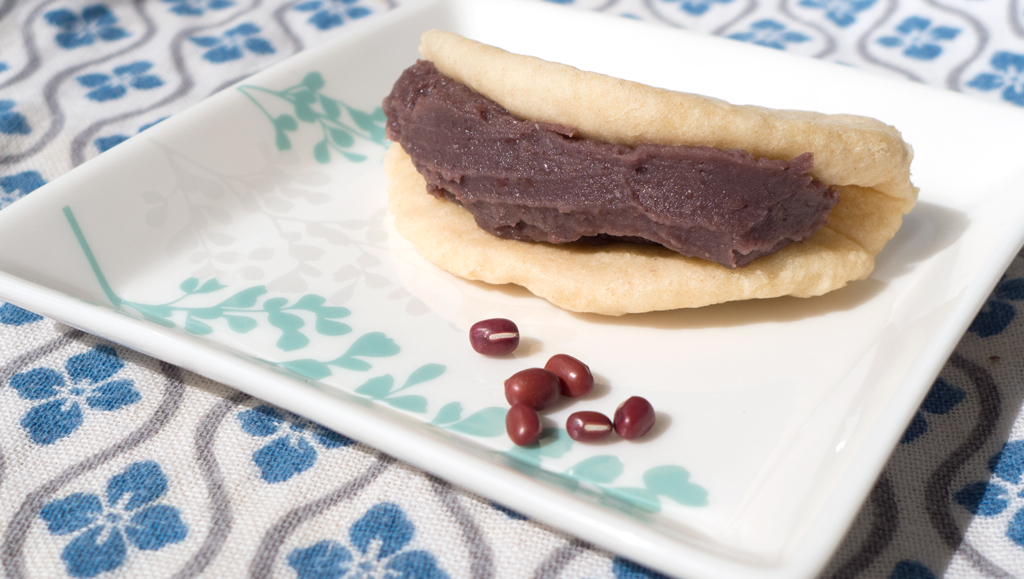
As long time readers will know, I don’t do deserts. Or sweets. Or for that matter anything that calls for more than a tablespoon of sugar! So today’s recipe is a bit of a departure for me. It involves anko, which is a sweetened paste made of adzuki (Japanese red beans or 小豆). Anko is the basis for a large number of traditional Japanese sweets or wagashi, but also more westernized ones in which it is stuffed or baked inside, say, rolls to form anpan (あんパン). (“Pan” is Japanese – via portuguese – for bread.) Anpan are easily one of my favorite Japanese foods and it occurred to me that anko would make a great filling for the steamed bread (gua bao) I had made a few weeks ago and stored in the freezer (the accompanying char siu was long gone!). Hence this unusual foray into something sweet.
posted by
Samar on
March 29, 2013
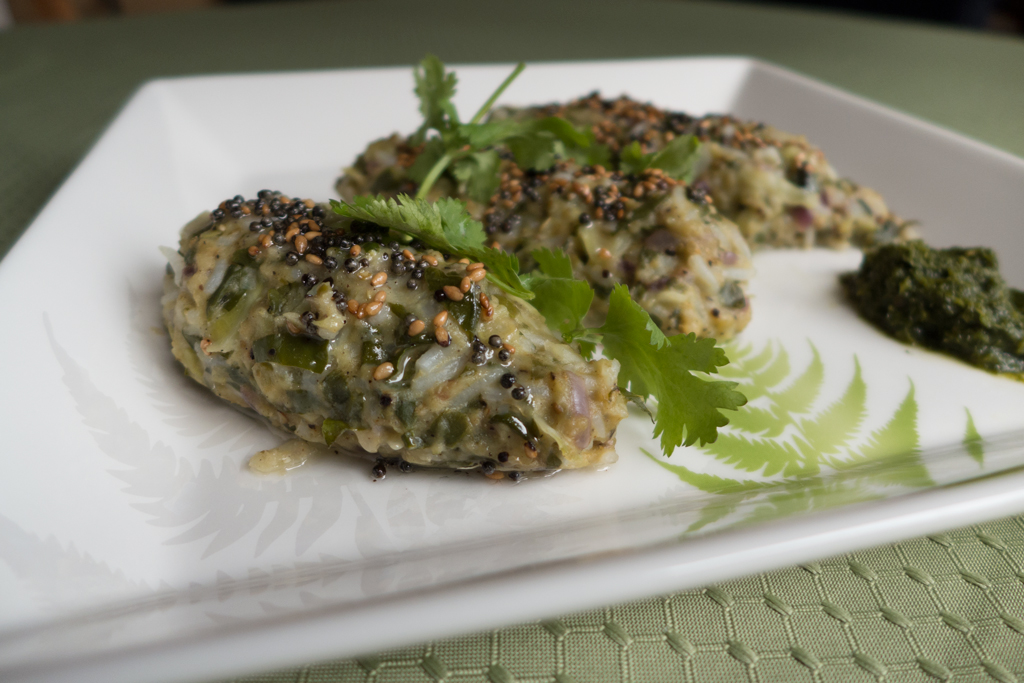
Growing up, a hot snack after school was a given. As I’ve previously mentioned, I grew up eating Gujarati food at home, and for Gujarati’s snacking is serious business! Indeed, snacks occupy a separate and vast category of food – and specialized stores to sell them – known as farsan (ફરસાણ). Not infrequently, these are made of chickpea flour and deep fried. But there are plenty of other, healthier, kinds made of lentils and rice that are steamed or baked. Well known farsan include, dhokla, patra, and samosa. In fact, farsan are so diverse that one could have a blog just about them and calling farsan snacks doesn’t quite do them justice.
posted by
Samar on
March 20, 2013
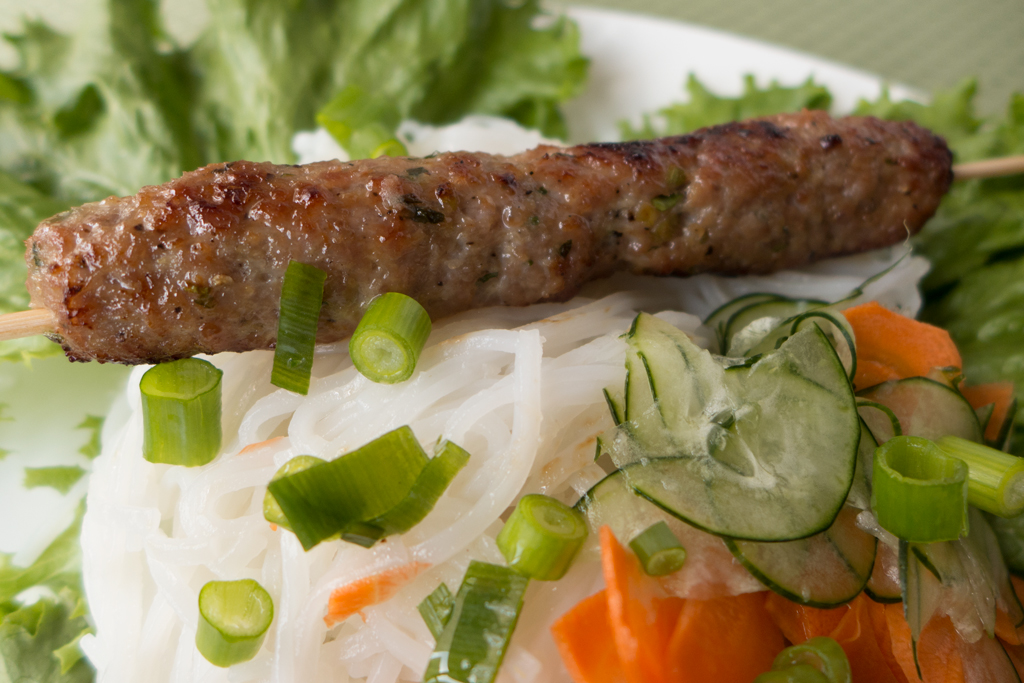
It seems to be some sort of unwritten culinary rule that the tastier and more interesting the ingredient, the stinkier it is. Anchovies, kimchi, and asafoetida – all foods we adore on this site – come to mind. But surely the prize for tastiest-ingredient-with-funkiest-smell must go to fish sauce, a staple of southeast Asian cuisine, notably Vietnamese and Thai. Certainly, it is an acquired taste: you are either head over heels in love with it or you hate it.
posted by
Samar on
March 17, 2013
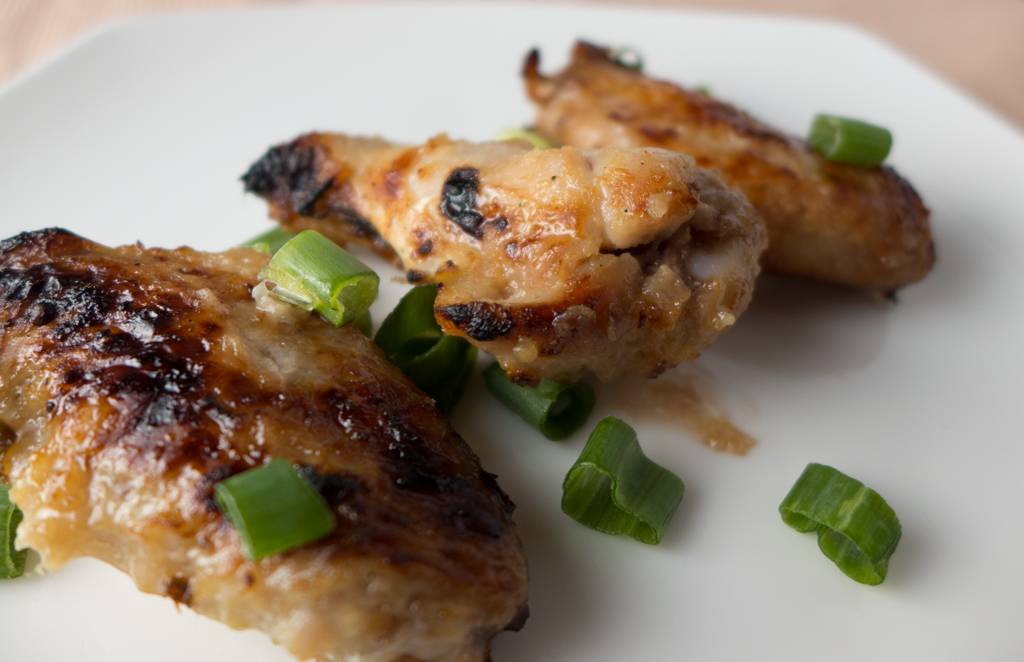
Nowadays it seems that food trends have become ever more transitory. Before you can say “yuzu cocktail” a new fad comes along. Here in New York in recent years, we’ve gone through kale, pork belly, pomegranate, konbu, nose-to-tail eating, … You get the idea. Japan, being a famously trendy place, is no exception as I discovered during my recent trip there. No, I’m not talking about ramen which is always in vogue. This time it is something called shio kōji (塩麹).
posted by
Samar on
March 10, 2013
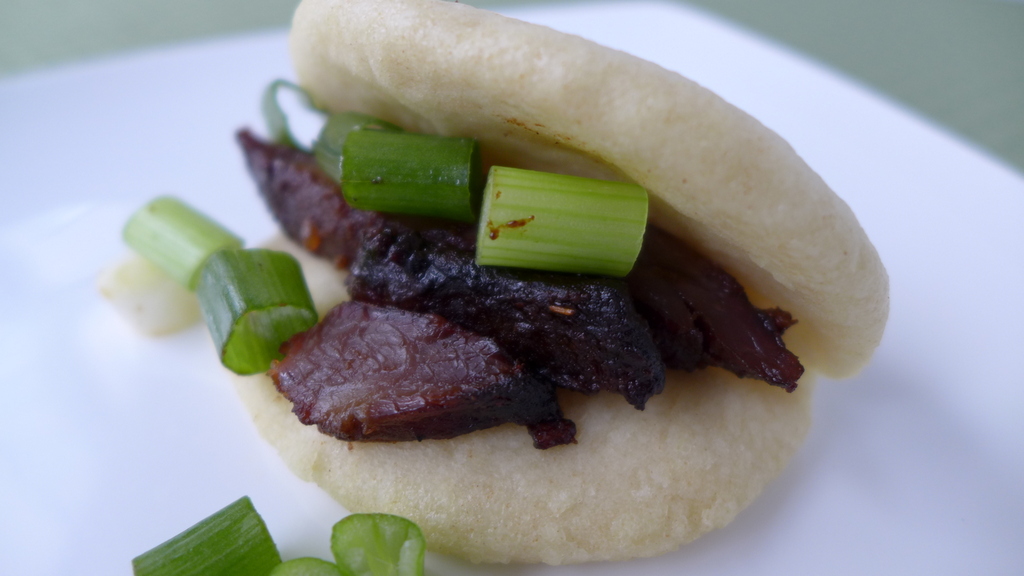
The last few weeks have been rather busy at work. But hopefully today’s recipe for pork buns will in part make up for my tardiness in posting. At this point I should note that these are nothing like the pork buns at Momofuku. Unlike Momofuku’s more famous ones, where the filling is made of pork belly and copious amounts of salt and sugar (sorry if I just ruined it for you), these use roasted pork shoulder (admittedly not the leanest cut either), flavored Cantonese-style with dark soy sauce, hoisin, garlic, and Chinese five-spice powder.








